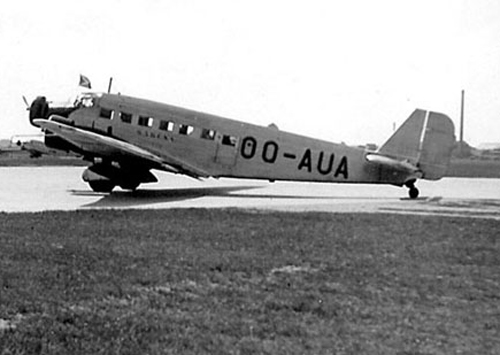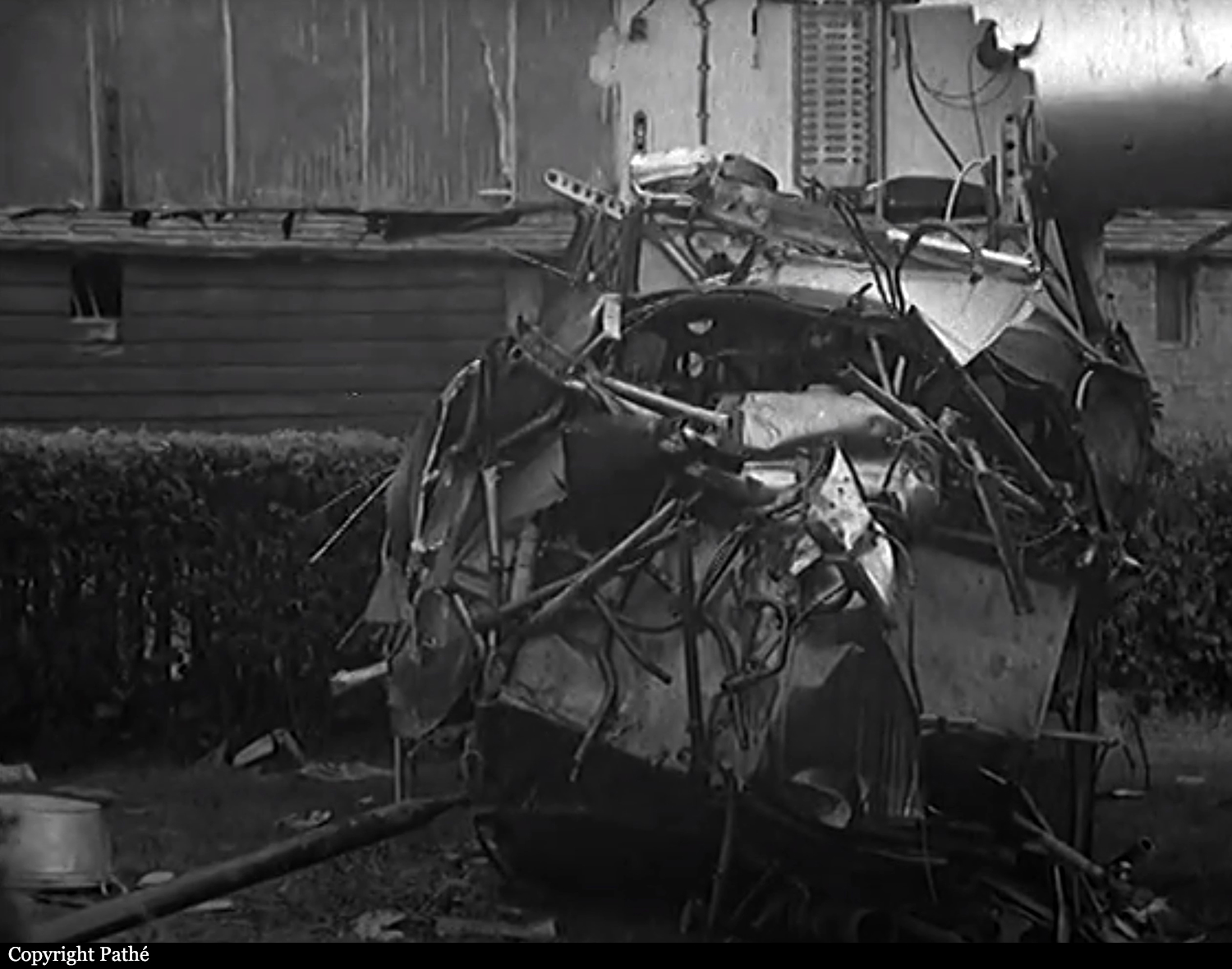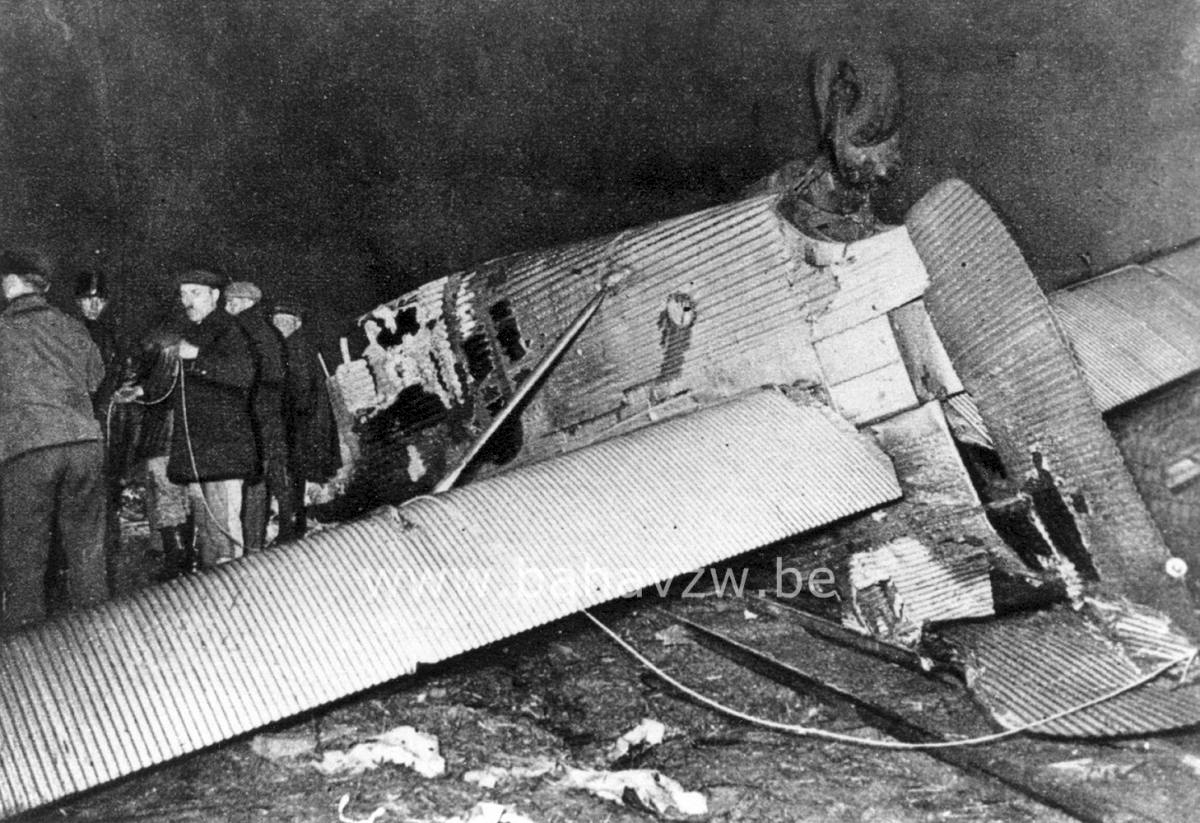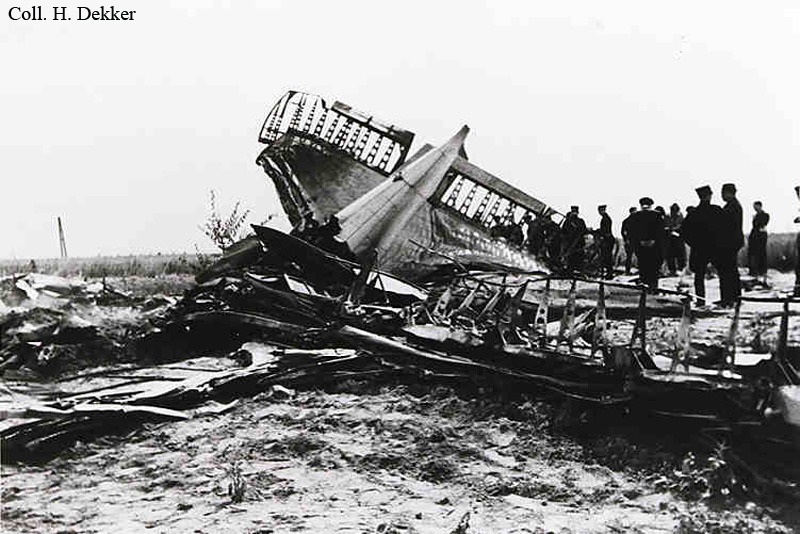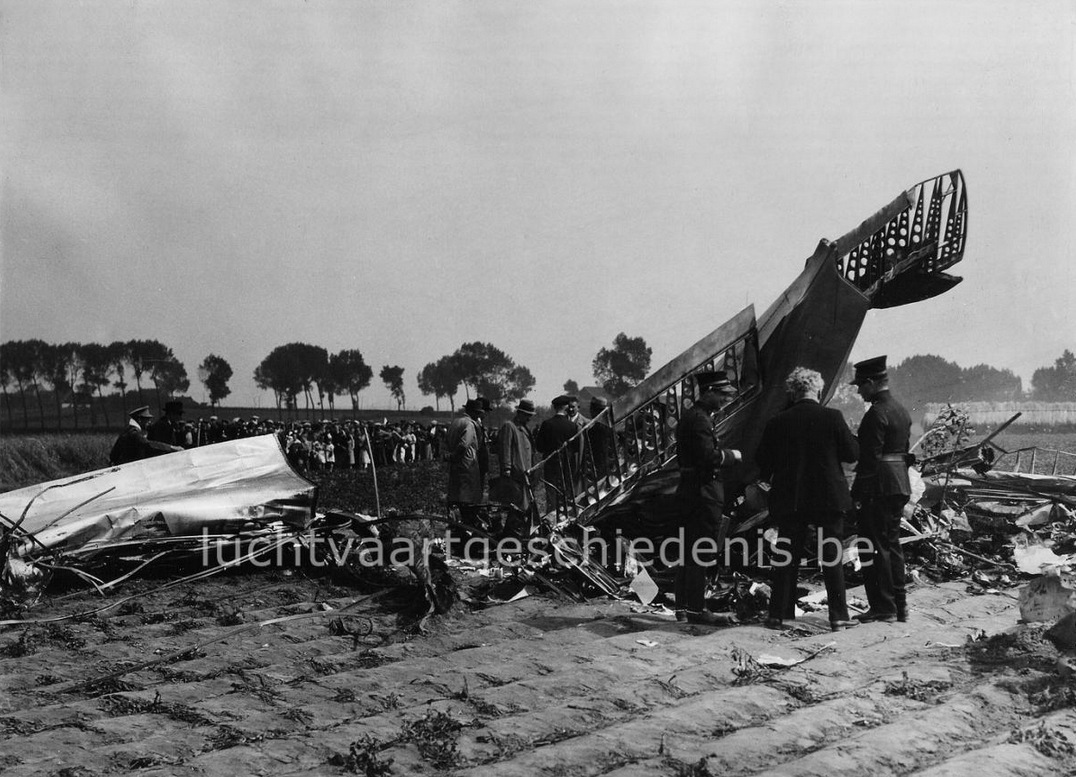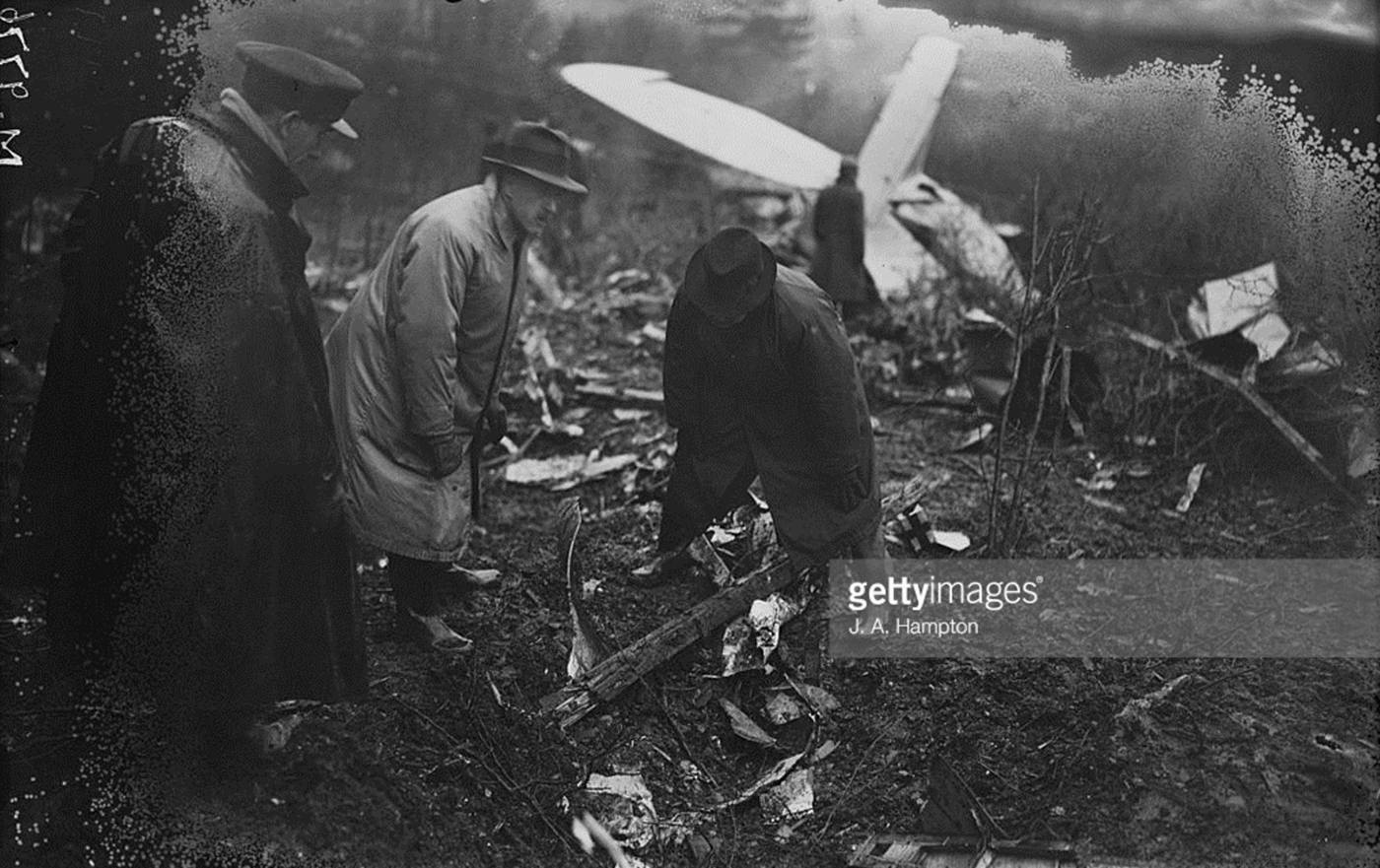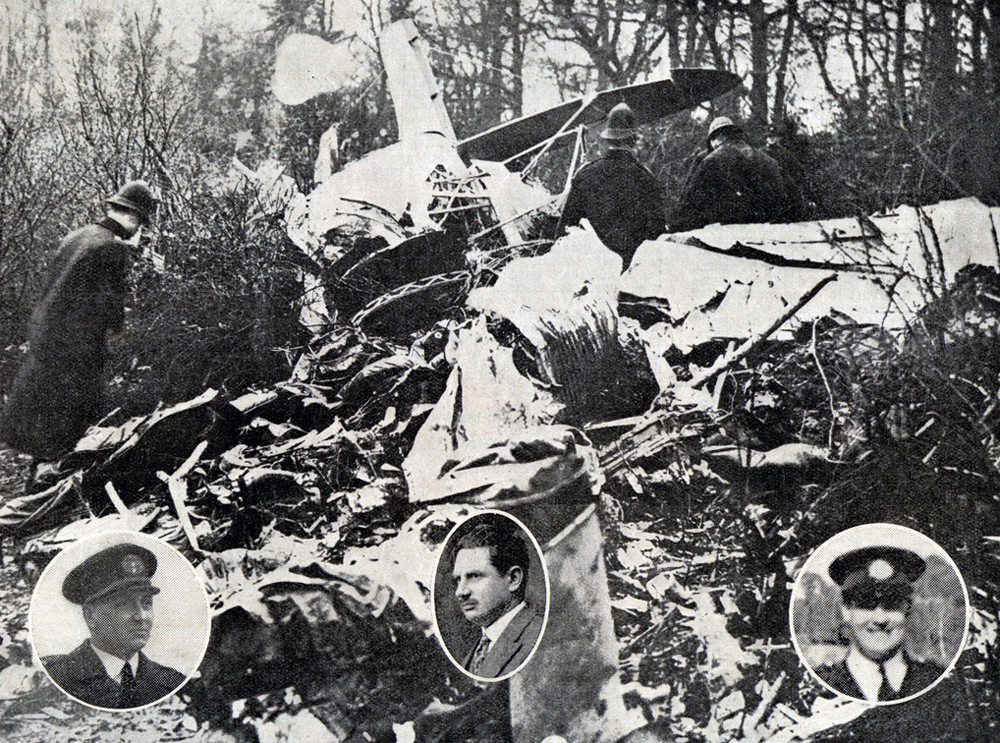Crash of a Fiat BR.20M Cigogna in Brussels: 6 killed
Date & Time:
Nov 29, 1940
Registration:
MM21908
Survivors:
No
Schedule:
Brussels - Brussels
Crew on board:
6
Crew fatalities:
Pax on board:
0
Pax fatalities:
Other fatalities:
Total fatalities:
6
Circumstances:
The Italian bomber departed Melsbroek AFB in Brussels between 1745LT and 1830LT with nine other similar airplanes on an operation to England - Harwich, Ipswich, Lowestoft and Great Yarmouth. Over the target area, the airplane was hit by enemy fire and the crew was able to evacuate the combat zone and to fly back to Belgium. On final approach at night, the airplane went out of control and crashed onto several houses located in Diegem, short of runway. All six crew members were killed. It is believed that people on the ground were also killed.
Crew (13th Squadron):
2nd Lt Talete Rebuscini, pilot,
2nd Lt S/T Luigi Dal Forno,
FM Elvio Romito,
1Av Giuseppe Maruelli,
1Av Mario Cini,
1Av Giacomo Columbano.
Crew (13th Squadron):
2nd Lt Talete Rebuscini, pilot,
2nd Lt S/T Luigi Dal Forno,
FM Elvio Romito,
1Av Giuseppe Maruelli,
1Av Mario Cini,
1Av Giacomo Columbano.






